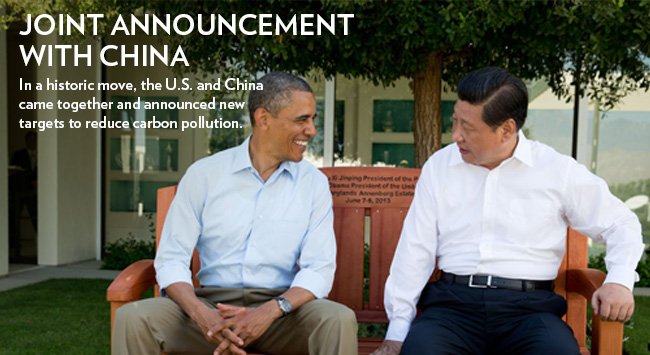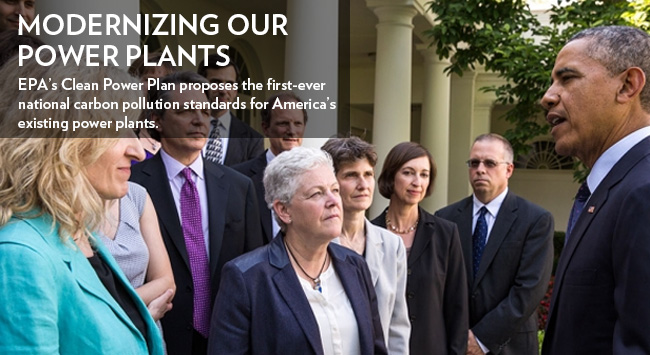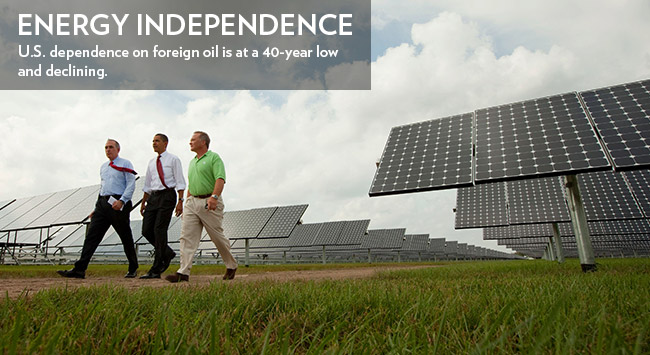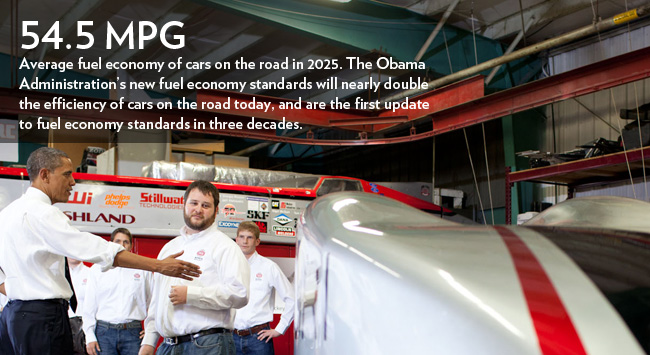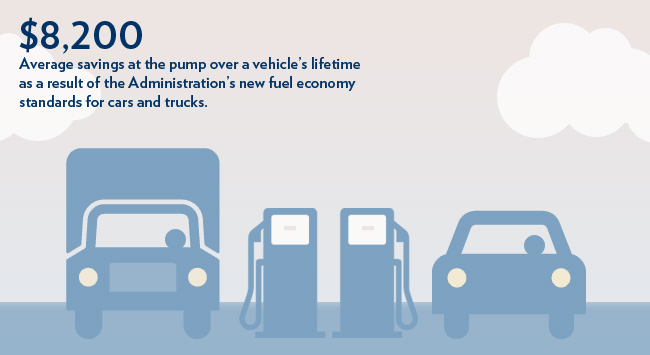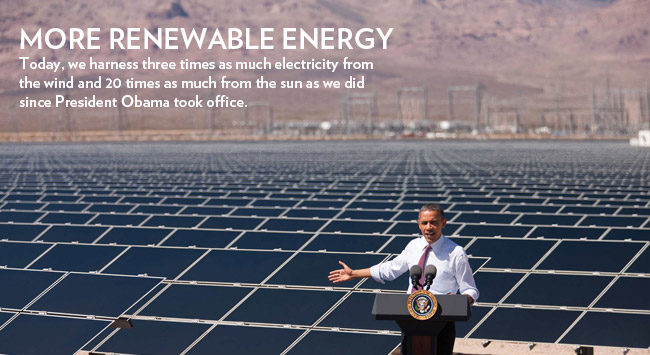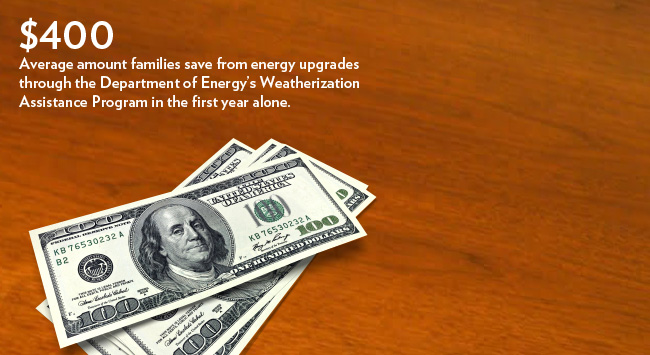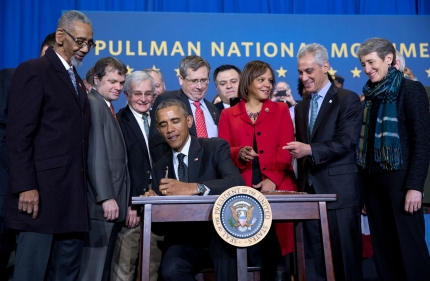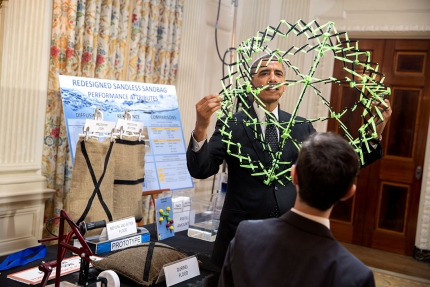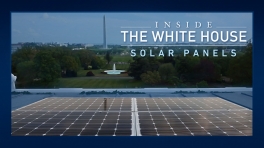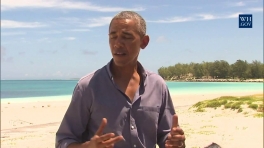Energy and Environment Latest News
Discovering America’s Public Lands, City by City
Posted by on March 13, 2015 at 2:24 PM EDTNo matter who you are, no matter where you live, our parks and our monuments, our lands, our waters -- these places are the birthright of all Americans.
President Obama, February 19, 2015With more than 80 percent of families living in urban areas, finding safe, open spaces to enjoy time outdoors can be a challenge for many Americans. Children, especially, are spending less time playing outside than ever before. But when children get the chance to explore the outdoors and experience nature in America’s unparalleled public lands and waters, they can learn an appreciation that will last a lifetime. It’s our responsibility to give them that chance.
That’s why last month President Obama issued a call to action to get all children to visit and enjoy America’s great outdoors. And today, Secretary of the Interior Sally Jewell launched the 50 Cities Initiative to engage the next generation of outdoor stewards.
Learn more about Energy and EnvironmentAnnouncing the Fifth White House Science Fair!
Posted by on March 12, 2015 at 5:45 PM EDT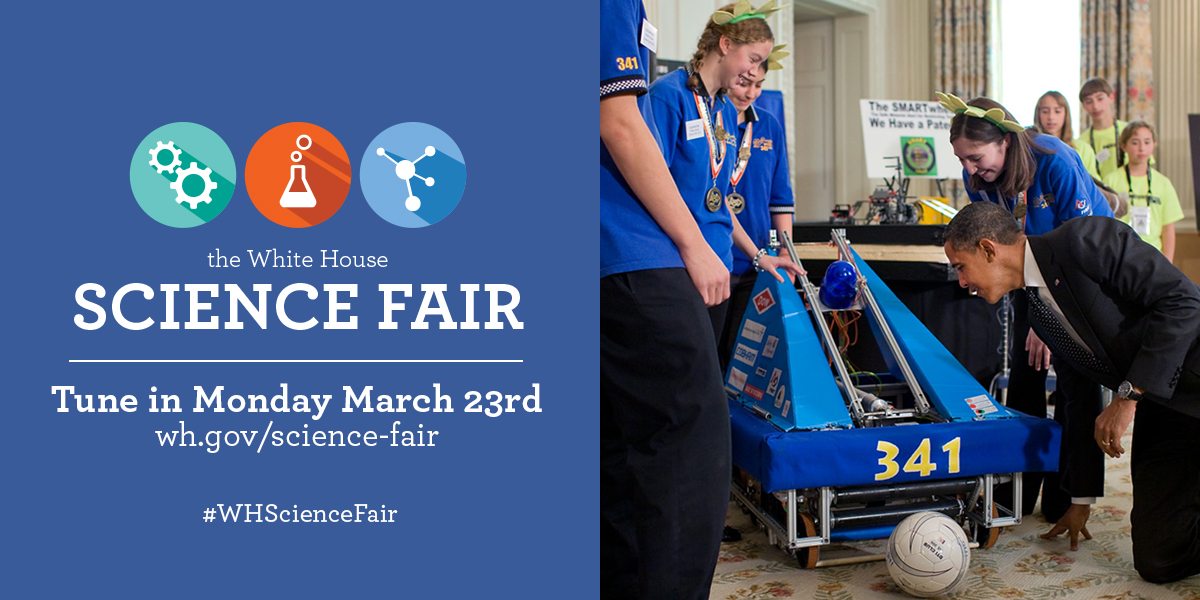
The Obama administration is committed to helping inspire young people across the nation to get excited about science, technology, engineering, and mathematics (STEM), and to celebrating the extraordinary K-12 students that already are accomplishing great work in these fields. The President has often said that it is just as important to celebrate the winners of science fairs as it is to celebrate the winners of sporting events.
That’s why the President is hosting the fifth White House Science Fair on March 23, welcoming more than 100 of the nation’s brightest young minds with some showcasing innovative inventions, discoveries, and science projects. The President will meet with and congratulate these students, who, as budding engineers, scientists, and researchers are on deck to help solve some of the greatest challenges of our time.
Previous White House Science Fairs have featured young innovators who have built electric cars, search-and-rescue robots, and marshmallow cannons; helped develop promising flu vaccines; and studied human genome data to find potential treatments for cancer; among many other projects.
Moms Matter in Our Fight Against Climate Change
Posted by on March 12, 2015 at 3:50 PM EDTEd. note: This is cross-posted on the EPA Connect blog. See the original post here.
Our children mean the world to us. So as moms, when we say we must meet our moral obligation to leave the next generation a world that is safe and healthy, we mean it. For us moms, it’s personal. It’s our children and grandchildren who are currently suffering from the effects of pollution. It’s our children and grandchildren who make up the future generations each one of us is obligated to protect. This March marks Women’s History Month; a time to recognize the unwavering strength of the mothers coming together to organize, speak out, and stand up for the health of their children.

EPA plays a critical role in protecting our children from pollution by keeping our air and water clean and safe, and by taking historic steps to fight climate change. And it turns out, efforts to combat climate change double as public health protection, too. The carbon pollution that fuels climate change comes packaged with other dangerous pollutants that cause smog and soot. With 1-in-10 children in the U.S. today already dealing with asthma—and even higher rates in communities of color—we must do all that we can to reduce harmful exposure.
That’s why EPA’s effort to set first-ever limits on our biggest source of pollution, power plants, is so important. And EPA is proud to work with mothers like us around the country, compelled to action on behalf of our kids’ health—and the health of generations to come.
Learn more about Energy and Environment, WomenThe Promise of Wind Energy
Posted by on March 12, 2015 at 3:00 PM EDT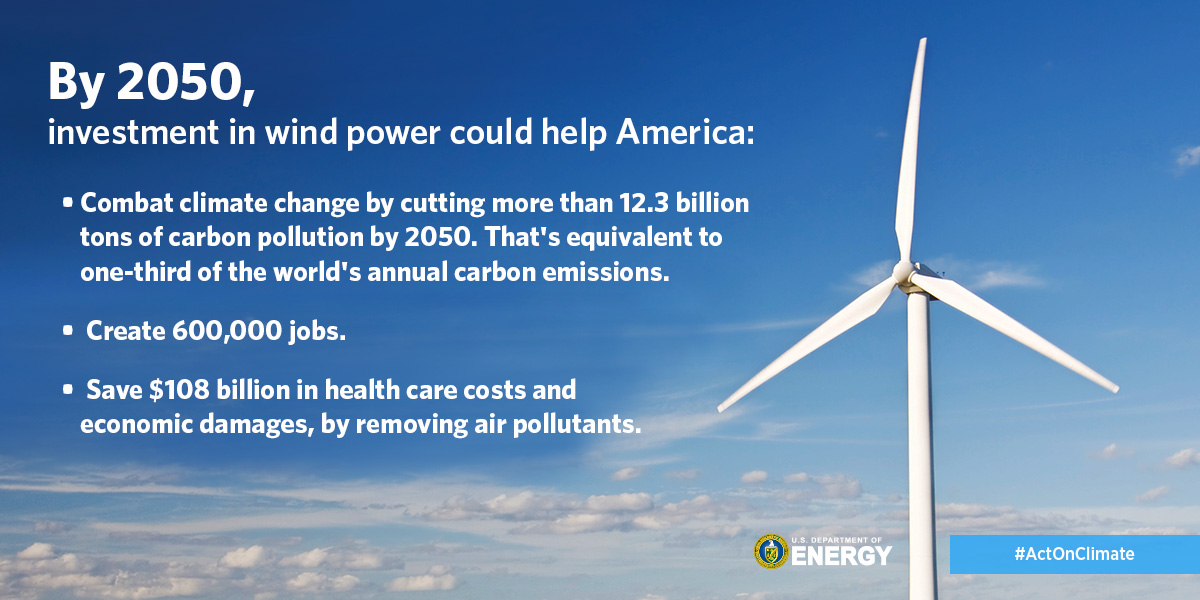
No challenge poses a greater threat to future generations than climate change. In June 2013, President Obama put forward a comprehensive Climate Action Plan. We are making great strides in advancing our climate goals, and perhaps nowhere has progress been as dramatic as in renewable energy.
Today, we harness three times as much electricity from the wind and 10 times as much from the sun as we did since President Obama took office. Wind energy is emerging as a powerhouse in the U.S. energy mix – supporting over 50,000 American jobs and supplying enough energy to power 16 million homes. Wind power advances our energy independence, bolsters our energy security, and combats climate change. A third of all new generating capacity has come from wind over the past five years, and the United States ranks first in the world in wind power generation.
Building on this progress, today the Department of Energy released Wind Vision: A New Era for Wind Power in the United States, a comprehensive analysis of the U.S. wind energy industry. The report shows that the nation can deploy wind power to economically provide 35% of our nation’s electricity and supply renewable power in all 50 states by 2050.
Learn more about Energy and EnvironmentProtecting Vital Waters as Marine Sanctuaries
Posted by on March 12, 2015 at 11:57 AM EDTForty years ago, President Ford approved the designation of the country’s first marine sanctuary — the USS Monitor National Marine Sanctuary, protecting the shipwreck of one of the most famous Civil War ironclads. Since then, 13 other marine protected areas have been added to the Sanctuary system, encompassing more than 150,000 square miles of ocean along our coasts, in the Great Lakes, and near the Hawaiian islands and American Samoa.
Like the Monitor, some of these sanctuaries and monuments provide insight into our nation’s history. Others protect areas rich in biological diversity and significant for scientific research and discovery. Many are economically valuable for fishing, tourism, and recreation. Together, the network of sanctuaries helps preserve a natural resource that all Americans depend on, no matter where they live: a healthy and thriving ocean.
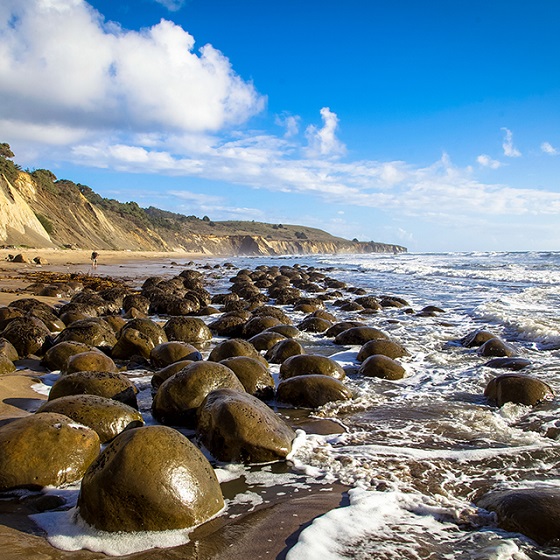
And now, the Obama administration is making that treasured network even stronger. NOAA announced today that it is expanding two existing sanctuaries off California’s North-central coast. The expansion will more than double the current size of the Gulf of the Farallones and Cordell Bank national marine sanctuaries, ensuring that we are protecting all that the region has to offer — from its biologically rich habitats primed for fishing and scientific research to the seascapes and shipwrecks that attract tourists and explorers.
Learn more about Energy and EnvironmentLocal Climate Action Takes Center Stage at the National League of Cities Conference
Posted by on March 9, 2015 at 1:55 PM EDTAs mayors from across the country gather today with President Barack Obama in Washington, D.C. for the 50th National League of Cities (NLC) Congressional City Conference, local climate action is taking center stage. Since the effects of climate change, which impose a serious threat to our nation’s communities, are felt most urgently at the community level, local governments are leaders in strengthening the response to climate change.
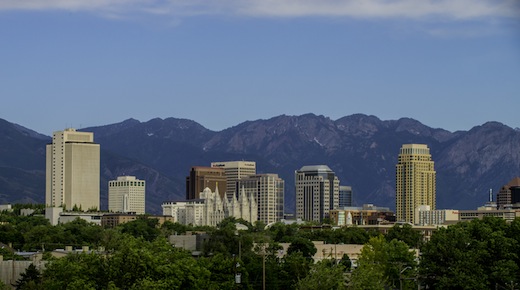
NLC is the nation’s largest and most representative membership and advocacy organization for city officials, comprised of more than 19,000 cities, towns, and villages representing more than 218 million Americans. Its members consistently place climate action as a top priority.
As President of NLC, I recognize the importance of leading by example and have called on the NLC membership to become an “army of advocates” to work with the federal government to assist and support state, local, and tribal action on climate change.
Learn more about Energy and Environment
- &lsaquo previous
- …
- 11
- 12
- 13
- 14
- 15
- 16
- 17
- 18
- 19
- …
- next &rsaquo
White House Blogs
- The White House Blog
- Middle Class Task Force
- Council of Economic Advisers
- Council on Environmental Quality
- Council on Women and Girls
- Office of Intergovernmental Affairs
- Office of Management and Budget
- Office of Public Engagement
- Office of Science & Tech Policy
- Office of Urban Affairs
- Open Government
- Faith and Neighborhood Partnerships
- Social Innovation and Civic Participation
- US Trade Representative
- Office National Drug Control Policy
